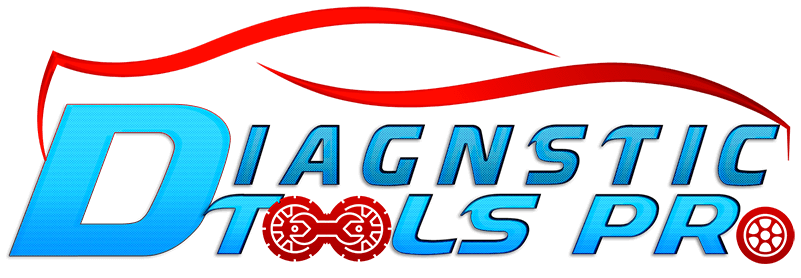No products in the cart.
Seasonal and Maintenance Leave a comment
Introduction
Seasonal and maintenance tasks are essential for ensuring the longevity and efficiency of various systems, equipment, and infrastructure. According to the United States Department of Energy, regular maintenance can help reduce energy consumption by up to 30%. With the changing seasons, it’s crucial to adapt and perform specific tasks to prevent damage, ensure safety, and maintain optimal performance. This article will delve into the world of seasonal and maintenance tasks, exploring their core concepts, benefits, practical applications, and common challenges, providing actionable insights to help individuals and organizations make informed decisions.
Core Concept Explanation
Seasonal and maintenance tasks refer to the regular activities performed to maintain, repair, and improve the condition of equipment, buildings, and infrastructure. These tasks are often scheduled according to the time of year or the equipment’s usage patterns. For instance, winterizing a home’s plumbing system or performing routine HVAC maintenance are examples of seasonal tasks. Core concepts in seasonal and maintenance tasks include scheduling, inspection, repair, and replacement of parts. The goal is to prevent unexpected breakdowns, reduce downtime, and ensure the system or equipment operates efficiently.
A well-planned maintenance schedule can help identify potential issues before they become major problems. This proactive approach enables the implementation of preventive measures, reducing the likelihood of costly repairs. Moreover, regular maintenance can improve the overall performance and lifespan of equipment, leading to increased productivity and reduced energy consumption. The U.S. Environmental Protection Agency (EPA) provides guidelines and resources for maintaining and improving the energy efficiency of buildings and homes, which can be found on their website.
Benefits/Importance
The benefits of seasonal and maintenance tasks are numerous and significant. One of the primary advantages is the prevention of unexpected failures, which can lead to costly repairs and downtime. Regular maintenance can also improve the efficiency and performance of equipment, reducing energy consumption and lowering utility bills. Furthermore, a well-maintained system or equipment can enhance safety, reducing the risk of accidents and injuries.
In addition to these benefits, seasonal and maintenance tasks can also contribute to environmental sustainability. By reducing energy consumption and waste, individuals and organizations can minimize their carbon footprint and help mitigate the impact of climate change. The National Institute of Building Sciences (NIBS) recommends regular maintenance as a key strategy for improving building performance and reducing environmental impact.
Practical Applications/Examples
Seasonal and maintenance tasks have various practical applications across different industries and domains. For example, in the context of residential properties, tasks may include:
- Insulating pipes to prevent freezing in winter
- Cleaning gutters and downspouts to ensure proper water flow
- Scheduling HVAC maintenance to optimize heating and cooling efficiency
- Applying weatherstripping to seal air leaks and reduce energy loss
In commercial settings, seasonal and maintenance tasks may involve:
- Performing regular equipment inspections to identify potential issues
- Scheduling downtime for maintenance and repairs to minimize production disruptions
- Implementing energy-efficient lighting and HVAC systems to reduce energy consumption
- Conducting routine safety inspections to identify and mitigate potential hazards
The Occupational Safety and Health Administration (OSHA) provides guidelines and resources for maintaining a safe and healthy work environment, including tips for performing routine maintenance tasks.
Common Challenges & Solutions
Despite the importance of seasonal and maintenance tasks, several challenges can arise. One common issue is the lack of resources, including time, budget, and personnel. To address this challenge, individuals and organizations can prioritize tasks based on urgency and importance, allocating resources accordingly. Another challenge is the complexity of maintenance tasks, which can require specialized knowledge and skills. In such cases, seeking the assistance of professionals or investing in training and education can be beneficial.
Additionally, common challenges include:
- Scheduling conflicts and downtime
- Insufficient budget or resources
- Lack of knowledge or expertise
- Difficulty in identifying potential issues before they become major problems
Solutions to these challenges include:
- Developing a comprehensive maintenance schedule and budget
- Investing in preventive maintenance technologies and tools
- Collaborating with experts and professionals to address complex tasks
- Implementing a proactive approach to maintenance, focusing on prevention rather than repair
Conclusion
In conclusion, seasonal and maintenance tasks are vital for ensuring the efficiency, safety, and longevity of equipment, systems, and infrastructure. By understanding the core concepts, benefits, and practical applications of these tasks, individuals and organizations can make informed decisions and take proactive steps to maintain and improve their assets. As we move forward, it’s essential to consider the role of seasonal and maintenance tasks in achieving environmental sustainability and reducing our carbon footprint. What steps will you take today to prioritize maintenance and create a more sustainable future?
